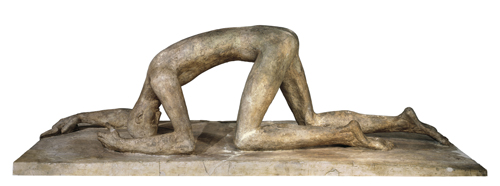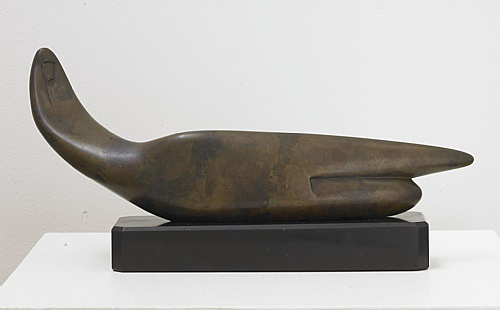„For the traditional distinction between solid form and the space around it, Cubism substituted a radically new fusion of mass and void. In place of earlier perspective systems that determined the precise location of discrete objects in illusory depth, Cubism offered an unstable structure of dismembered planes in indeterminate spatial positions. Instead of assuming that the work of art was an illusion of a reality that lay beyond it, Cubism proposed that the work of art was itself a reality that represented the very process by which nature is transformed into art.“
Rosenblum, Robert: Cubism and Twentieth-Century Art, 2. Aufl., New York 1982, S. 13.

